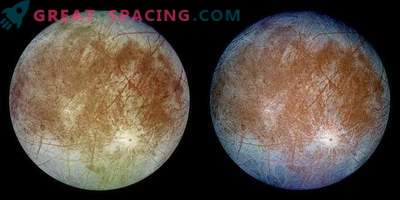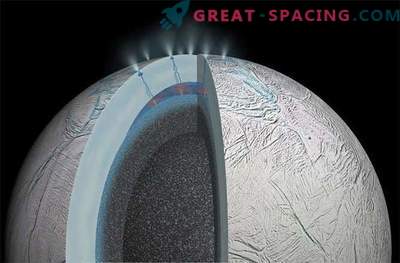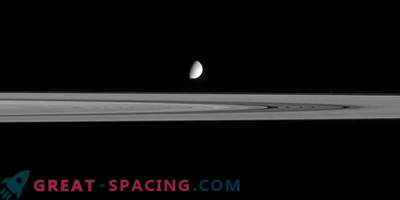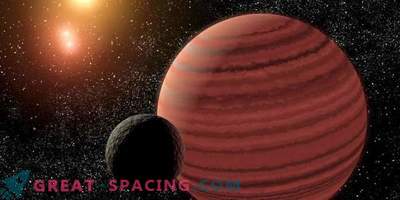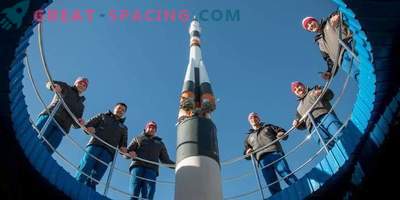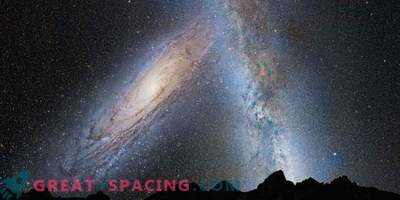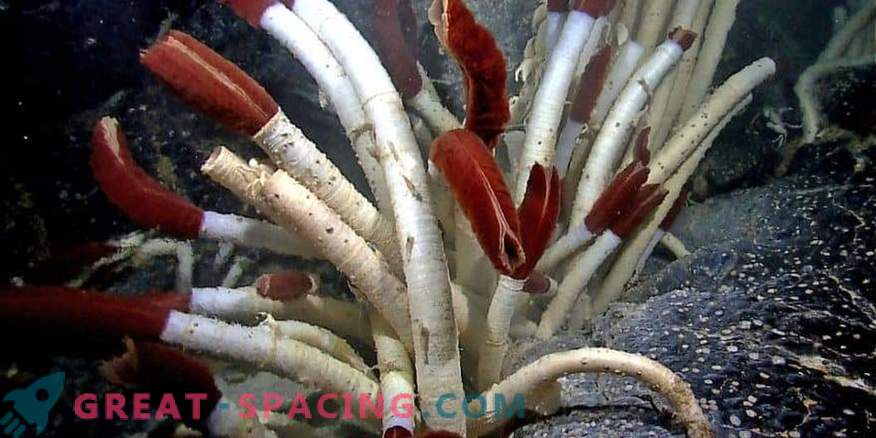
Alien life can potentially exist on the underside of the ice shells of Jupiter’s satellite in Europe and other frozen worlds due to the intersection of chemical energy rising from the hydrothermal vents of the ocean floor.
In Europe, Ganymede and Callisto (satellites of Jupiter), as well as Enceladus and Titan (Saturn's moons), large-scale oceans are hidden under a layer of ice. If the earth warms up with solar heat from above, then these water blocks are heated from below due to the hydrothermal openings of the seabed.
One of the potential sources of key building blocks of life is chemical reactions between sea water and the seabed or hydrothermal openings. Heat from the holes could throw water away, change the location of the microbes and throw nutrients up.
At the same time, high-energy electrons rotating in an icy surface would create chemicals called oxidizers. They would help organisms use fuel molecules, just as oxygen helps earth life burn nutrients for energy. Scientists from the NASA Jet Propulsion Laboratory suggest that at the intersection of the ice crust and the ocean, two sources of the building blocks of life are combined and can support the evolution of life. Moreover, on the underside of Europe’s ice crust, they are ways of creating a tiny biosphere — a network of ecosystems.
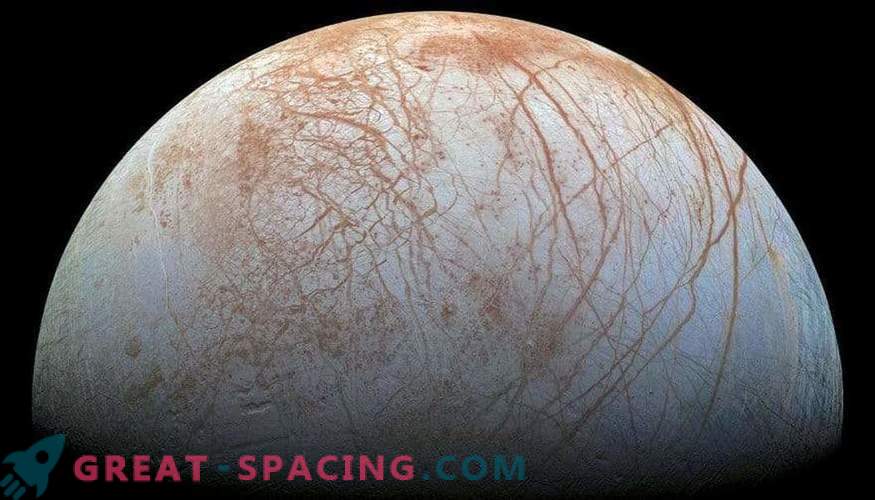
The surface of Europe is an ice shell covering the global ocean. You can see the long cracks and ridges formed where the ice crust cracks
It turns out that all the ingredients and free energy necessary for life are concentrated in one place. The researchers note that the layers where ice and water meet can support different terrestrial species. These are dense communities of some species of algae, bacteria, protists, and even multicellular invertebrates.
The new results will help focus on finding life in Europe with the help of robots that can test the underside of the ice crust.

